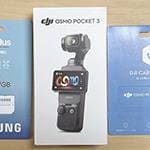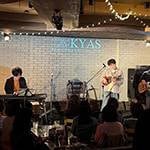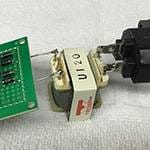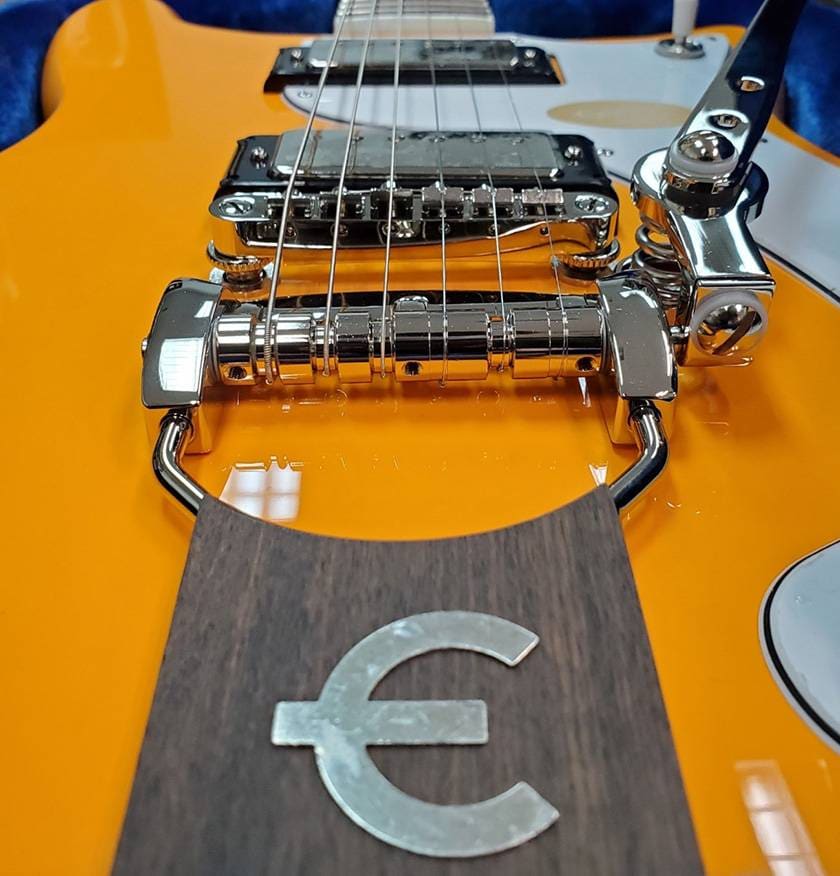
Hello everyone.
How are you spending this summer?
Summer is filled with large open-air music festivals and live tours by popular artists. Recently, with the easing of COVID-19 restrictions, many live events are now allowing cheering and singing along.
Music enthusiasts must be having a blast this summer.
However, the hot days are still ongoing, so please take care of your health. Stay hydrated!
In the last blog post, I covered the first part of the history of Epiphone, from its founding to the transfer of its management to Gibson (CMI).
This edition is about what happened to Epiphone after its management was transferred to Gibson (Chicago Musical Instruments) and up to the present day.
When talking about Epiphone, we can’t forget that globally famous band you all love.
So, what happened to the company after Gibson took over the management?
Let’s dive into the second part of Epiphone’s history.
After the management rights were transferred to Gibson, Epiphone’s production moved to Kalamazoo, Michigan.
What happened next was that Ted McCarty introduced an innovative and groundbreaking plan.
The plan was to give Gibson guitars to established guitarists who wanted an endorsement contract with the company, while those who were not yet established would receive Epiphone guitars made in the Gibson factory.
Why was this marketing strategy adopted?
At the time, disputes frequently arose among dealers over the sales rights to Gibson products.
By using the Epiphone name, dealers could handle products of the same quality as Gibson without disrupting their business or market territories. Meanwhile, Gibson would benefit from the advertising effect brought by young musicians. This idea effectively solved multiple problems at once.
And then came the 1960s.
While our topic is on Epiphone, it’s worth noting that during this period, Gibson faced a significant issue.
It was the Les Paul model’s double cutaway controversy.
Many of you might already be familiar with this, but let me briefly explain. In 1961, Gibson decided to redesign the Les Paul model with a double cutaway.
Les Paul himself was furious about this change!
The dispute over design and royalties led to the Les Paul name being unusable from 1964 to 1966.
As a result, the double cutaway Les Paul model was renamed the SG (solid guitar). Interestingly, the original Les Paul model returned to the catalog in 1968.
So, why did this happen at Gibson?
The answer involves Fender.
What significant event happened in 1954, before the double cutaway change?
Guitar enthusiasts might immediately think of the Fender Stratocaster, which was released that year.
Subsequently, Fender introduced the Jazzmaster in 1958, the Jazz Bass in 1960, and the Jaguar in 1962. These models popularized double cutaways and thin bodies.
To compete, Gibson created the SG, but using the Les Paul name turned out to be problematic.
The guitar market was heavily influenced by Fender’s innovations, especially after the launch of the Stratocaster.
It’s fascinating to see how this dynamic eventually shifted, but we’ve digressed quite a bit. Let’s get back to the main topic.
By the mid-1960s, a significant social phenomenon occurred in America.
It’s the British Invasion.
During this era, many rock bands from the UK made their way to America.
Among these bands, one stood out and used Epiphone guitars.
That band was none other than the Beatles.
While the Beatles were also known for using Rickenbacker and Gretsch guitars, in 1966 during their performance in Munich, Germany, both John Lennon and George Harrison were seen playing Epiphone Casinos. The same was true for their subsequent Japan tour, where they both used Casinos, making the Epiphone Casino synonymous with the Beatles for many fans.
Interestingly, Paul McCartney was the first Beatle to purchase a Casino.
Paul, who admired Jimi Hendrix at the time, went to a guitar shop looking for a guitar that could produce a good feedback sound. The shop assistant recommended the Epiphone Casino. Paul liked the hollow-body construction and decided to buy it.
Other notable musicians who used the Casino included Dave Davies of the Kinks and Keith Richards of the Rolling Stones. This period marked a golden era for Epiphone, as their global reputation soared.
From the early to mid-1960s, Epiphone experienced a significant boom, with shipments increasing fivefold between 1961 and 1965.
Now, let’s move on to an important event in Gibson’s history during Epiphone’s peak popularity.
In 1966, Ted McCarty resigned from Gibson.
Remarkably, he became the president of Bigsby, a company renowned for its tremolo units.
The departure of a key figure who had significantly contributed to Gibson’s sales marked a turning point for the company.
Then, in 1969, another major change occurred when Gibson’s parent company, Chicago Musical Instruments (CMI), was acquired by a South American conglomerate, the Ecuadorian Company Limited (ECL, which later became known as Norlin Corporation).
As a result, from 1976 to 1984, the production of Gibson guitars was moved from Kalamazoo to Nashville, Tennessee.
So, what happened to Epiphone as a result of these changes?
Until 1970, Epiphone guitars were produced in Gibson’s factory in America, but domestic production ceased.
Japan was then chosen as the OEM manufacturing location for Epiphone, and production moved there. Matsumoku-made Epiphone guitars, considered Japan vintage, remain highly popular and are often seen on the used guitar market.
Additionally, Epiphone guitars made by Terada Musical Instrument from the late 1980s are also highly sought after in the used market.
Japanese-made Epiphones were popular at the time, but due to rising production costs in Japan during the early 1980s, Epiphone partnered with Korea’s Samick Music Corporation and moved production to Korea. Officially, production shifted to Korea in 1983, but there are still some Japanese-made Epiphones from the 1990s, indicating that certain models or reissues were still produced in Japan.
From this period onward, Epiphone increasingly produced entry-level models, solidifying its reputation as a guitar brand offering affordable instruments.
And then another turning point occurred for Gibson.
In 1986, Henry E. Juszkiewicz, David H. Berryman, and Gary A. Zebrowski bought Gibson from ECL/Norlin.
With new ownership came immediate reforms, starting with the Gibson brand.
Consequently, annual sales, which were less than $10 million in 1986, surged to an estimated $70 million by 1993.
Meanwhile, the Epiphone brand seemed to be put on hold with a “Gibson takes priority, so please wait a bit” attitude.
However, as Gibson’s recovery progressed smoothly, President David H. Berryman established an Epiphone office in Seoul, Korea. This marked the beginning of significant investments in Epiphone, leading to the production of new and reissued models.
In 1993, the Sheraton and Riviera started to be manufactured at Gibson’s Nashville factory, and models like the Excellente, Texan, and Frontier were produced at the Montana factory. This revival of USA-made Epiphone guitars evoked the brand’s golden era of the 1960s. The 1990s saw Epiphone’s resurgence with the reissue of the Advanced Jumbo (AJ) and the creation of numerous signature models, making it a thriving period for the brand.
Given the rising demand for the Epiphone brand, a long-awaited new factory was established in China in 2004.
It’s common to have entry-level guitars produced at OEM factories, this factory is their own!
This is a significant advantage for low-cost guitars.
In fact, Epiphone’s products are well-built among products in the same price range, excelling in woodworking, painting, and electronics quality.
And this is the first factory only for the Epiphone brand in 47 years since the management rights of Epiphone were handed over to Gibson in 1957.
Overcoming numerous challenges since its establishment, reaching this point is truly moving. It brings tears to my eyes.
Time passed, and on May 1, 2018, a shocking news story broke:
Gibson filed for Chapter 11 bankruptcy.
It was shocking news.
I still remember being stunned, frozen with my smartphone in hand.
However, later that same year, a new management team was established, and in November 2018, Gibson emerged from Chapter 11 bankruptcy.
James Curleigh, the former brand manager of Levi Strauss & Co., was appointed as the new CEO. It was quite surprising at the time to see someone from a completely different industry take on this role.
Then, in 2020, something happened that thrilled Epiphone fans worldwide.
It’s the revival of the USA-made Epiphone Casino!
It was announced at the NAMM 2020 and officially released in 2021.
Before this revival, the only way to get a USA-made Casino was to buy a vintage model from the 1960s, which was often out of reach for many.
But now, with just a bit of effort, we could own a USA-made Casino. There’s no greater joy for Epiphone fans.
Now, in 2023, Epiphone celebrates its 150th anniversary.
On May 9, Cesar Gueikian was appointed as Gibson’s new President and interim CEO. It’s exciting to see what the future holds for Gibson and Epiphone.
I’ve written these two parts of blog posts about the history of Epiphone. What did you think of it?
The highlight of the latter part was undoubtedly the immense global impact of the Beatles using the Casino.
There’s so much more I’d like to delve into, but that would require several more blog posts. So, let’s save that for another time if the opportunity arises.
I hope that this article will make you interested in learning more about Epiphone.
Please note that the content of this post is based on articles from Epiphone’s official website.
History of Epiphone
Epiphone 140 Years (in Japanese only)
You can delve deeper into Epiphone’s history on the official website. Be sure to check it out.
The next issue will be the product introduction.
I hope you will read the next post, too.
See you soon on the Sound House Staff Blog.
Goodbye.






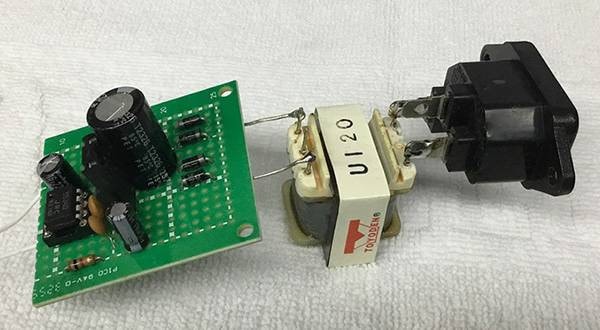
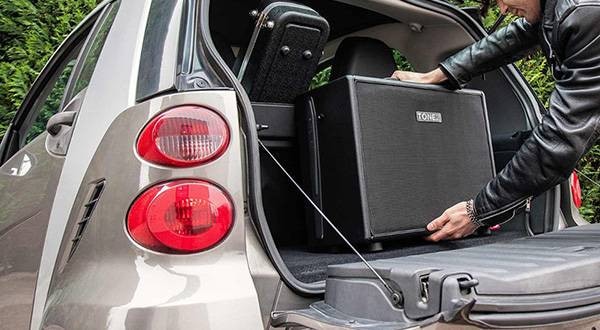
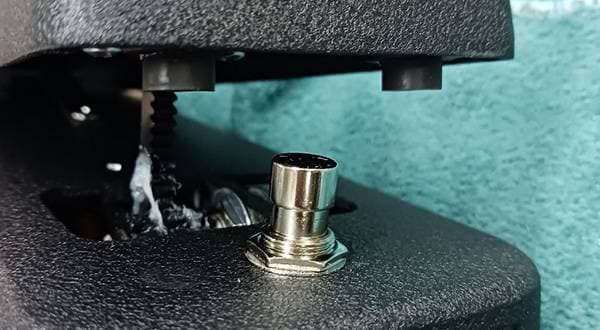
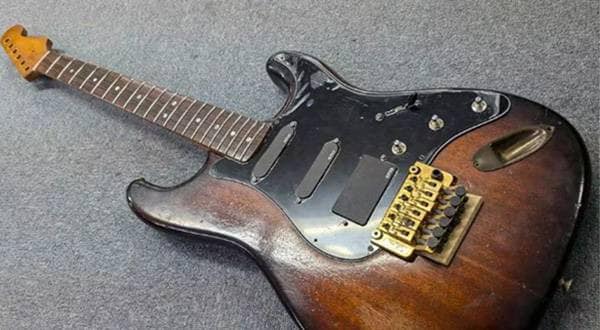
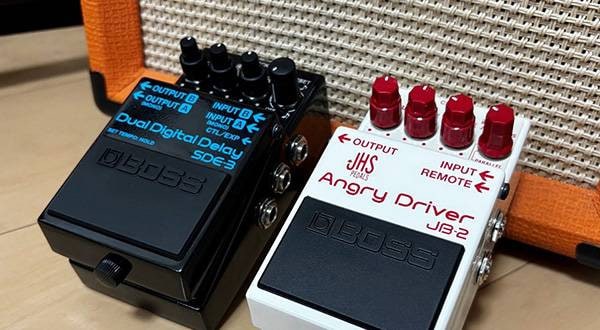
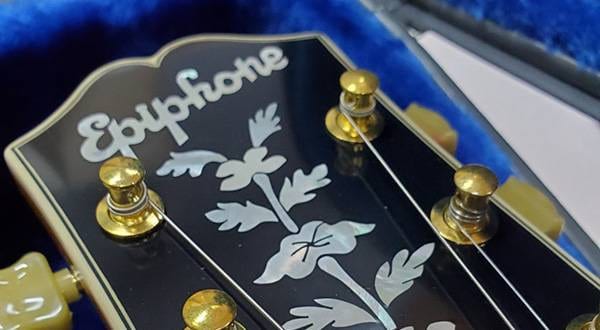
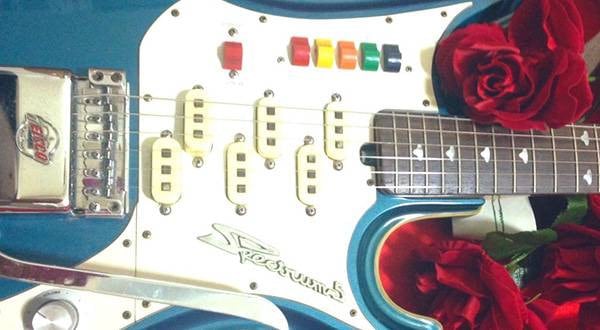
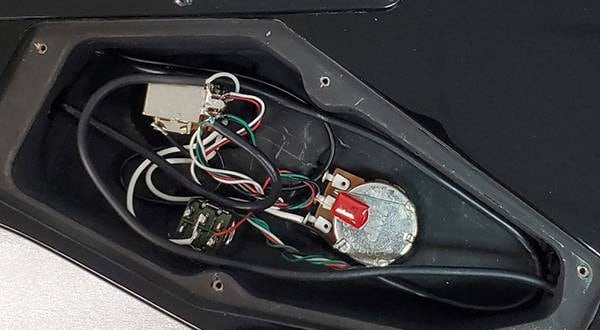
![[2025 Edition] 8 Recommended Straps That Pair Perfectly with Gibson Guitars](/contents/uploads/thumbs/2/2022/5/20220525_2_18113_1.jpg)
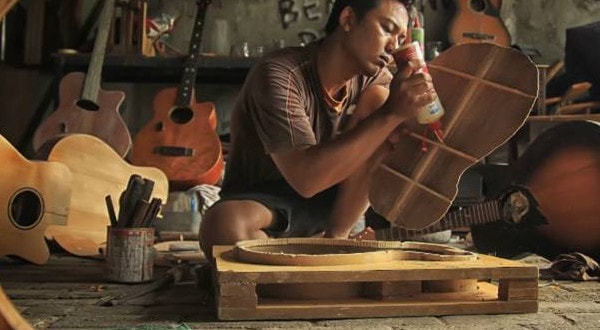
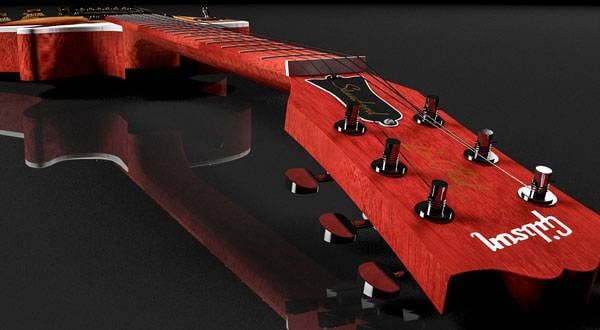
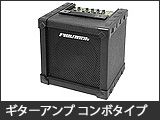 ギターアンプ コンボタイプ編
ギターアンプ コンボタイプ編
 ギターの種類
ギターの種類
 ギターのお手入れ
ギターのお手入れ
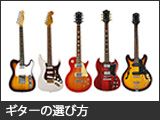 ギターの選び方
ギターの選び方
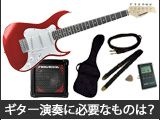 ギター演奏に必要なものは?
ギター演奏に必要なものは?
 ギタースタートガイド
ギタースタートガイド
